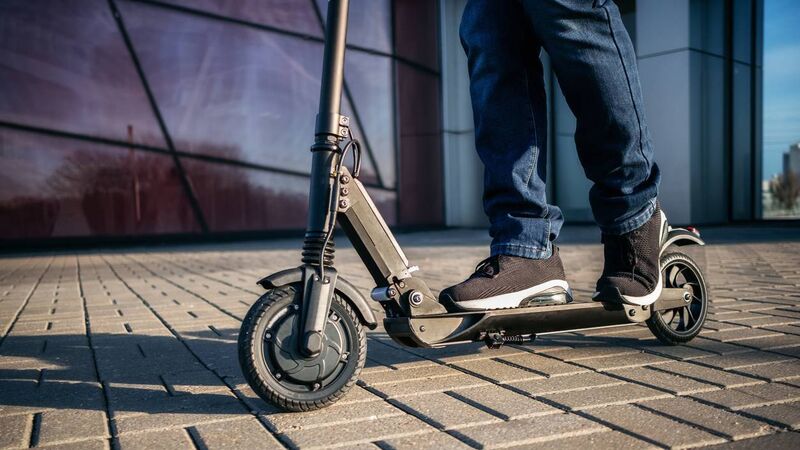Study finds 36% of e-scooter related accidents involve alcohol, while helmet use declines

The study analysed patients presenting with e-scooter-related facial injuries for two 10-month periods before and after the passing of the legislation, which classified e-scooters as 'personal powered transporters'. File picture: Getty
The presence of alcohol and drugs in people involved in falls and collisions from e-scooters has doubled, while helmet use has decreased since e-scooters were legalised for public roads last year, according to new research.










